Korea: Jeju Two Day Driving Itinerary
I mentioned in our previous Jeju travel blog the different options for getting around the sights of Jeju, and why we chose to hire a car. Here we set out our own itinerary and the sights we managed to visit with a two day car hire. Our pace was very leisurely, and we did a fair bit of walking, so you could easily pack in a few more locations.
Jeju Sights – Day One Itinerary
After picking up the car at the offices (you register at the airport and they will ferry you to the offices a few kilometres away) we set the sat nav for our first destination and headed across the island to Mount Songaksan. We took the fast road so the scenery wasn’t the best and to be honest when we hiked the mountain it was a bit of a disappointment, The crater isn’t that impressive but has nice views of the coastline and surrounding islands. If you want you can take a boat trip from the harbour here. In additional to the mountain you will see some relics of the Japanese invasion in the second world war in the form of caves and tunnels built by them in their last ditch attempts to repel allied forces.
We weaved our way up the Yongmori Coastal Road along some pretty beaches and town towards to Mount Sanbangsan. Sadly the caves and pathways were closed due to recent typhoon activity which was a shame. There is a beautiful temple at the entrance and this kept us busy watching the monks at work. All along the coast you will see sea debris against the rocks during the typhoon season as well as a shipwrecked boat or two on the shore. It doesn’t detract from the natural beauty and regular clean-ups take place. We made a side trip from here to the Daejeong Confucian shrine – not a great deal to look at but its story of the exiled monks is interesting.
The journey there was interesting too as you will pass through lots of farmland still being farmed by hand. We pulled over to take some snaps of some women planting (we think) garlic bulbs in the fields. They willingly stopped work and posed for photos while we giggled with them as they tried to outdo each other with their poses. Brilliant little moment.
After a quick lunch we headed to find the Jungmun Daepo Columnar jointed lava rocks further up the coast. They were a bit tricky to find – not on the sat nav- and poorly signposted once you leave the main roads. With some luck and persistence we found them along with a very nice shoreline walkway running up the coast with statues of the women divers. We had to scramble amongst the rocks for a decent view, but it was worth is as they are quite an interesting geological oddity.
To round the day off we made to the Botanical gardens at Seogwipo which are set in an interesting modern glass building with expansive grounds and a central watchtower that you can ascend and take in the views of the city below. Although the gardens do contain a lot of botanical specimens, we weren’t overly impressed. By now it was getting late in the day and the sun was beginning to set so we made a quick call to see the Jeju world cup football stadium and and then made our way back to Jeju city along route 1135. On the way we were treated to a beautiful huge sunset with the sun an incredible size on the horizon; sadly we could not find a stopping point in time to catch it.
Jeju Day Two
On our second day we headed out at around 10am towards the Mysterious Road and breakfasted at a restaurant at Loveland, which we had visited day before. Loveland is a must see during a visit to Jeju. Its an odd collection of ‘erotic’ sculptures created by University students some years ago set in a nice garden adjoining the Jeju Art Museum.
So for an hour you can get an insight into Korean sexual minds, then pop next door for a bit of culture at the Art Museum. There is no shame visiting here and we were befriended by a group of Korean women who were intent on getting their photographs taken with us. We obliged and made sure we got a snap with them. They were delighted, we know not why?
The museum seems to concentrate on special exhibitions and when we visited they had commissioned Korean artists to interpret Jeju landscapes. Some of the pieces were amazing and although photography was not allowed, we couldn’t resist a couple of Ninja shots here. The second special show was of local pottery with some very impressive and unusual exhibits. A really stylish building that housed some really great artistic works, especially those depicting the local topography.
The Mysterious Road was mysterious for us as to why people come here. It is supposed to be one of those roads that appear to be on an uphill slant, but when you pour water on the surface or put your car in neutral the car or water should roll uphill. We spent fifteen minutes watching tour guides pour water on the road and saw very little trickling uphill. After this literal damp squib we set back on road 1139, better known as the 1100 road as along its route you will reach the highest point at 1100 metres. They are nothing if not literal the Koreans.
The route is a beautiful drive and you will pass through tree lined roads, hiking trails and various stop off points at Eorimok and Halla National Park. Towards the end of this road you can stop at the Georinsaseum observation point with fantastic 180 degree views of the coastline toward Seogwipo.
Sadly we didn’t think we had time nor the energy for a hike (you need a good half day or longer to do most of the hikes) while we were there but did turn off the road to visit some of the trail gateways. All have great facilities and small exhibitions with images and guides in English for the trail routes available to you in the area. Once you have paid a parking entrance fee, you can use this ticket at all the sites on that day.
We descended into Seogwipo with our ears popping from the rather steep downward road and went in search of one of the five day markets that move about the island. We missed the local one in Jeju city where we were staying, but thanks to the wonderful Go Korea tourist web resource we were able to find out where there would be one on our journey round the island.
A side note here, we are only half way through our Korea experience and have found this site and the English speaking helpline you can call to book you accommodation or help with translation a real help. Great service Korea you have done a fantastic job on that, you deserve all the tourists you get.
Now I am not a great lover of markets, but John is drawn to them like bees are to honey, but this is probably one of the most interesting I have visited on our trip so far. The markets are traditional and have been going on long before the tourists arrived. You can buy just about anything you need for daily life, from fish, meat (alive or dead) vegetables and clothing. There are also some interesting characters and we had some good interactions with stall holders in our own respective languages; them babbling in Korean with hand signals and us in English gesticulating in a similar fashion. They were delighted when we finally bid them farewell and both managed to say our thank you in Korean (it takes a bit mastering this thank you). We have managed to learn to pronounce it phonetically as “go-mah-sum ni da”, and it seems to do the trick. One nice tradition of these markets is that grandmothers get market pitches to sell their wares free of charge and have been able to for centuries.
We rounded off our second day with a fleeting visit to a traditional folk village at Seongup where the old houses are opened for visitors, where you can share a tea or a bite of local produce with the local family. Sadly we were way behind schedule at this point and so could only manage a short wander through the village, and a quick stop in a couple of the traditional houses.
We saved one of Jeju’s jewels for our final stop of the day. You cannot think of visiting Jeju without a visit to Seongsan Ilchubong and make the climb to the crater. It was no surprise when we arrived that we found probably the most crowded of the places we had visited. Its yet another UNESCO listed site. It was teeming with coaches, cars and people. Just before you reach the main visitor centre you drive up the coastal road which sits at the bottom of the mountain. Make sure you stop off here at the beach and enjoy the views of the mountain, and an angry sea, before you make your way to the climb start. It really was a beautiful scene, especially as it was now about 4.30pm and the light was beginning to turn that slightly orange colour making everything look that little bit more special.
The climb itself looks steep as you start up from the bottom, but as you make your way up you find yourself making pretty good progress without too much breathlessness. The final few metres are a little bit steep on stone steps before you emerge into the crater area. Its an easy ascent, and one that many generations of Koreans take together. You really can’t get a true feel of the size of the crater from the viewing point as you are sat directly on top of it, but it is vast and impressive as are the views out to sea and down towards the local port.
We made a quick descent and managed to get the car back on time at Jeju city for our scheduled 6.30pm drop off time.
This really is the best way to see the island, you have the luxury of your own schedule, the ability to stop off and spend as much or as little time at the sites you visit and if you have a sat nav, navigation is very easy indeed. For us as a couple, it also proved to be the best value by far out of all of the options available to us on our flashpacking budget. Go Jeju, Go By Car is our motto.

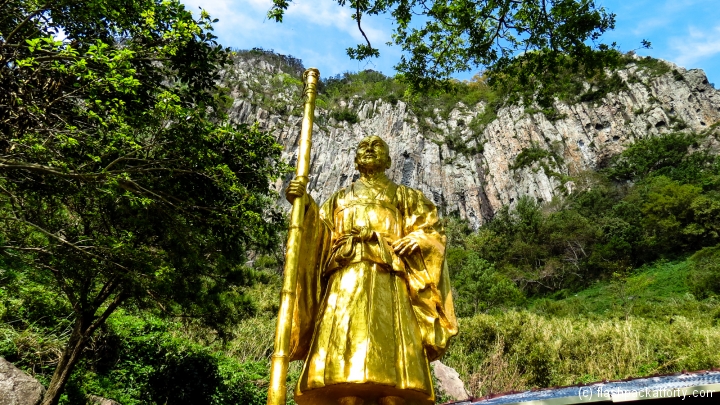
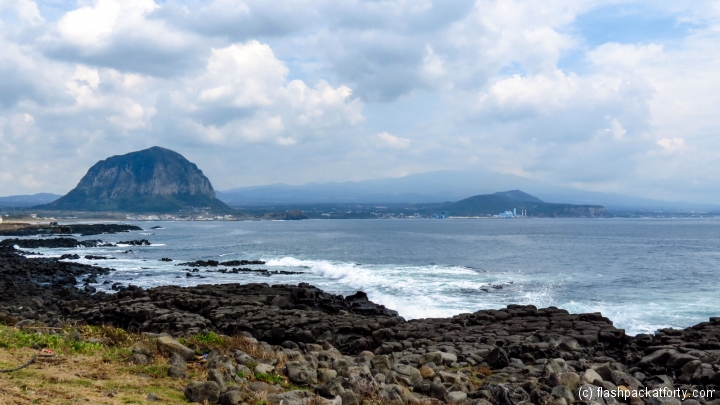
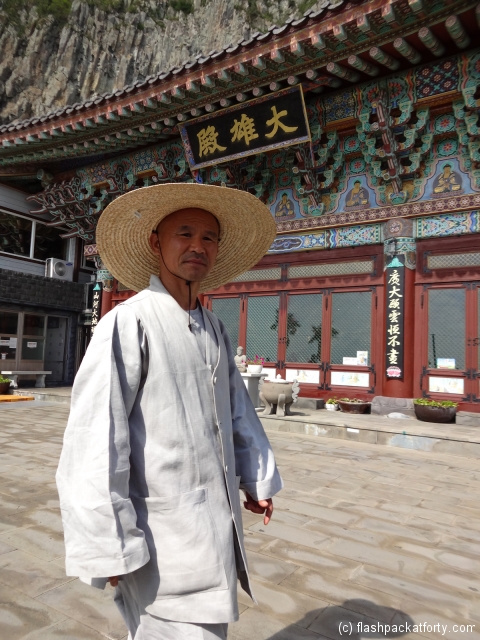
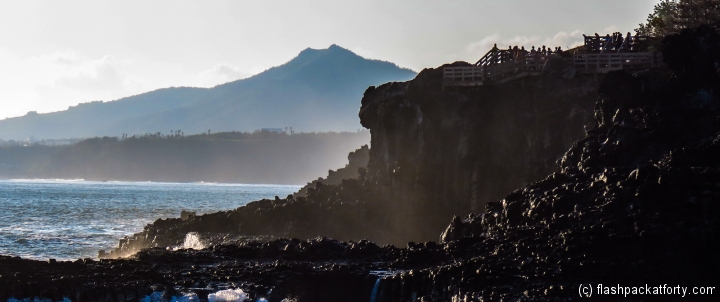
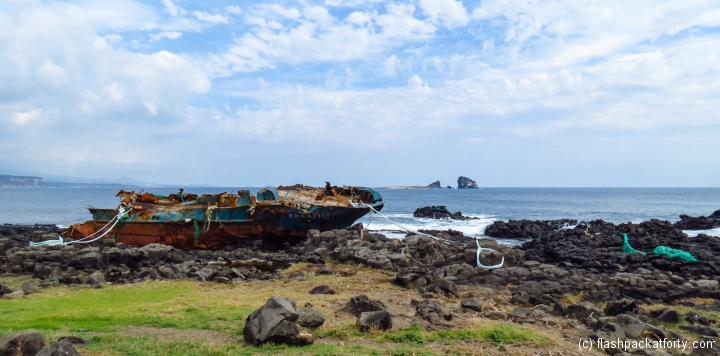
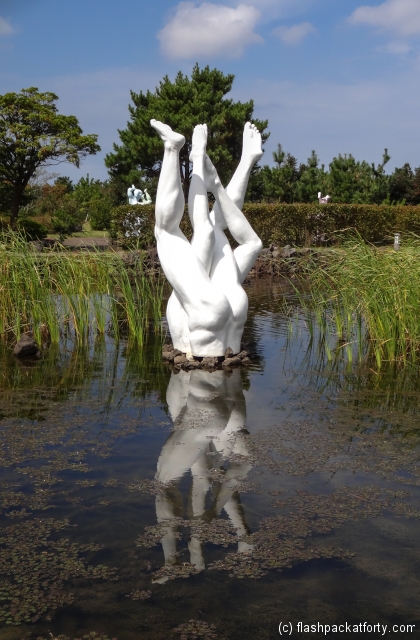
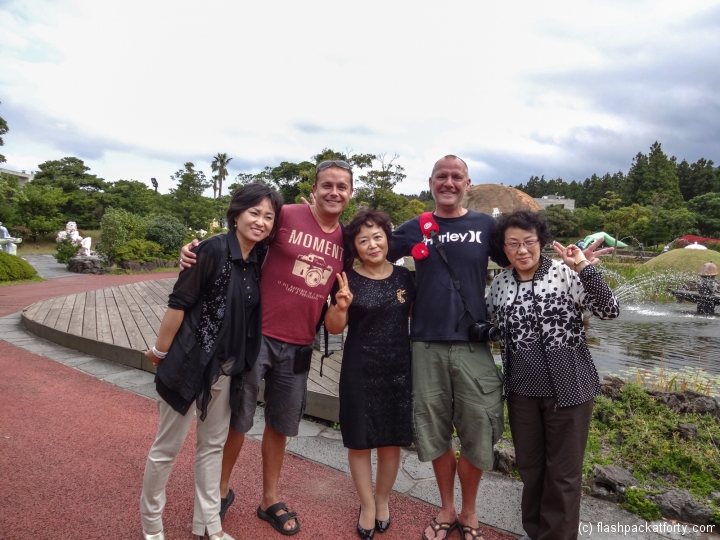
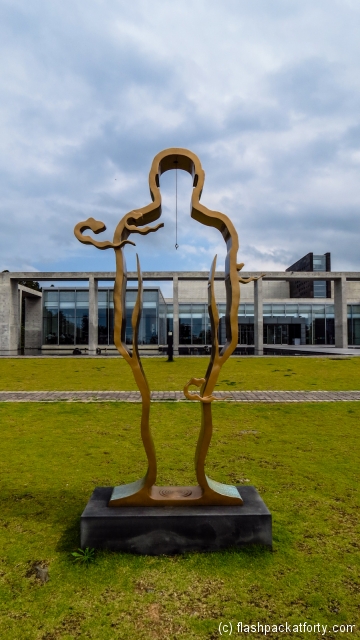
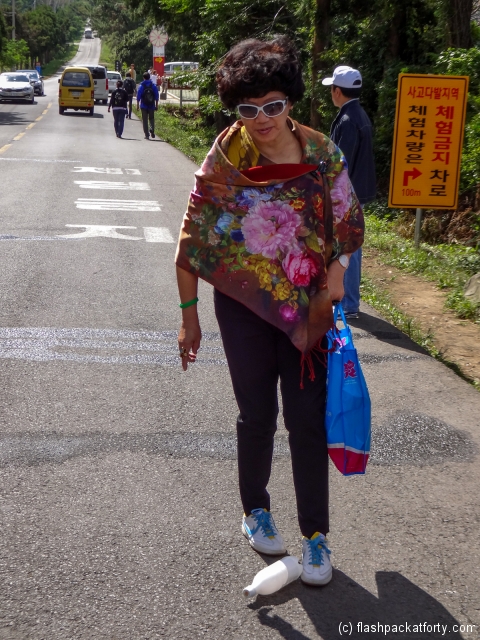
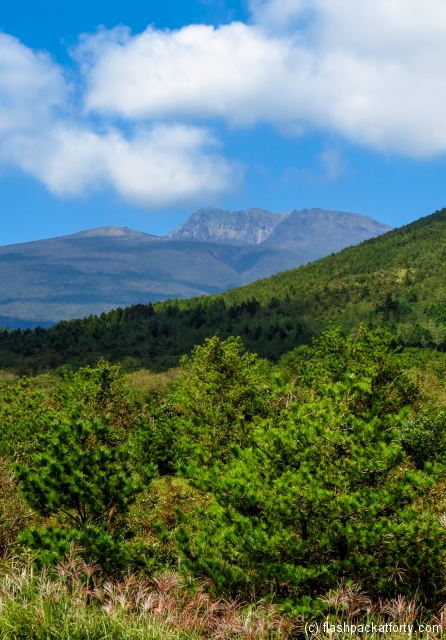
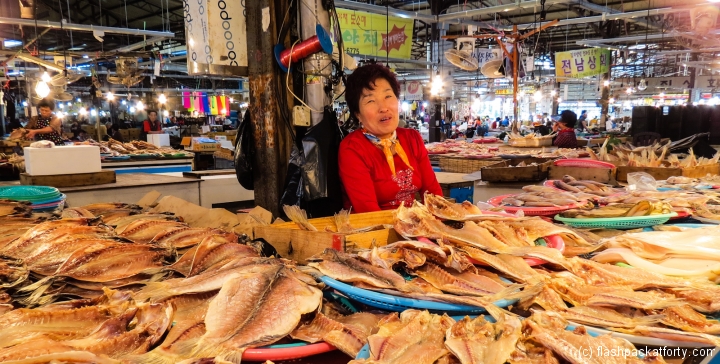

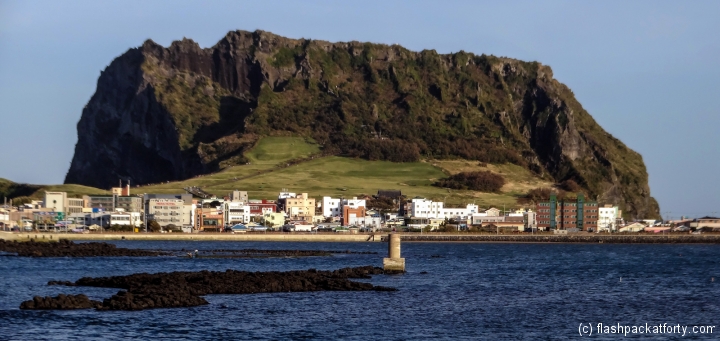
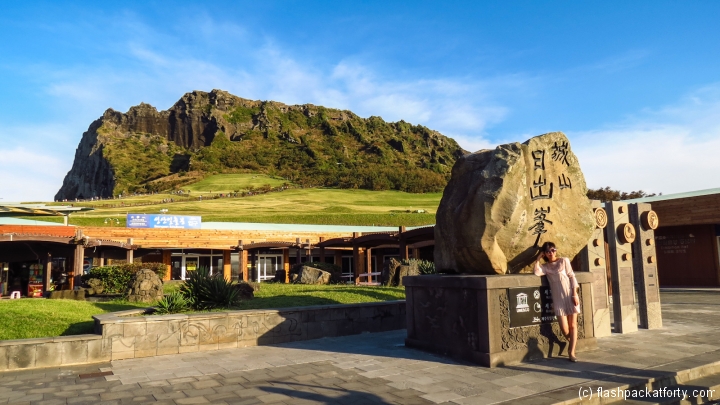
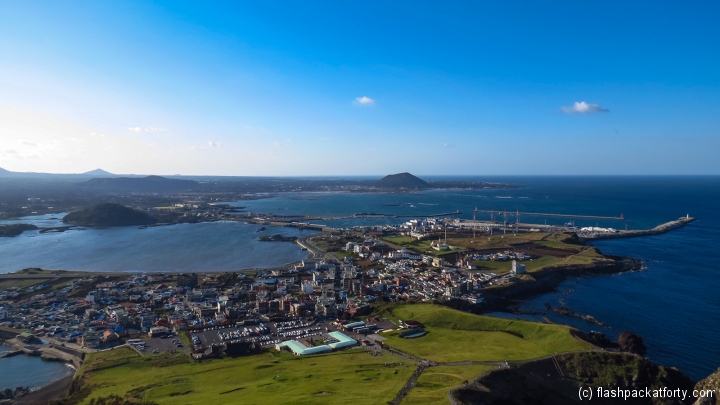
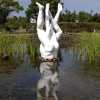
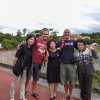
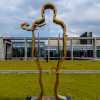

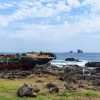
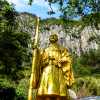
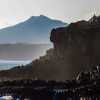



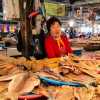
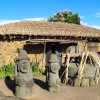
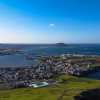
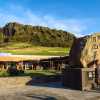
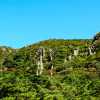
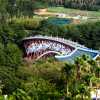
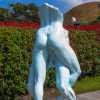
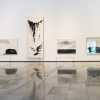
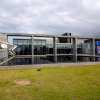
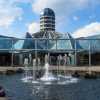
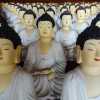
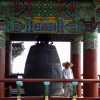
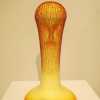
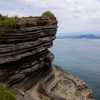

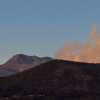
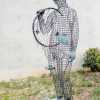
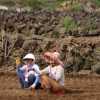
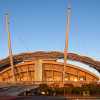
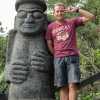
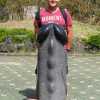
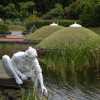
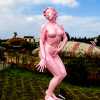
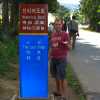
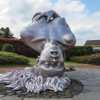
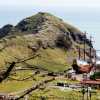
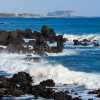
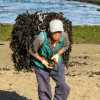
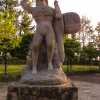
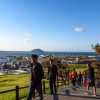
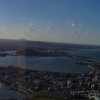
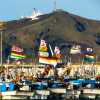
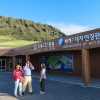
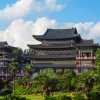

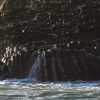






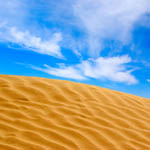
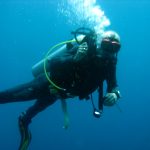

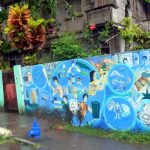
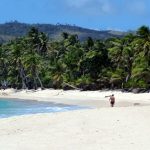
hello there, i’m intending to visit jeju this may. just wondering, how much did you rent your car for? is it the cheapest option?
thanks
The costs were on our previous post here https://flashpackatforty.com/2012/10/21/korea-jeju-island-and-getting-around/. We definitely thought it the cheapest way to see the island, particularly if you are travelling with someone else.